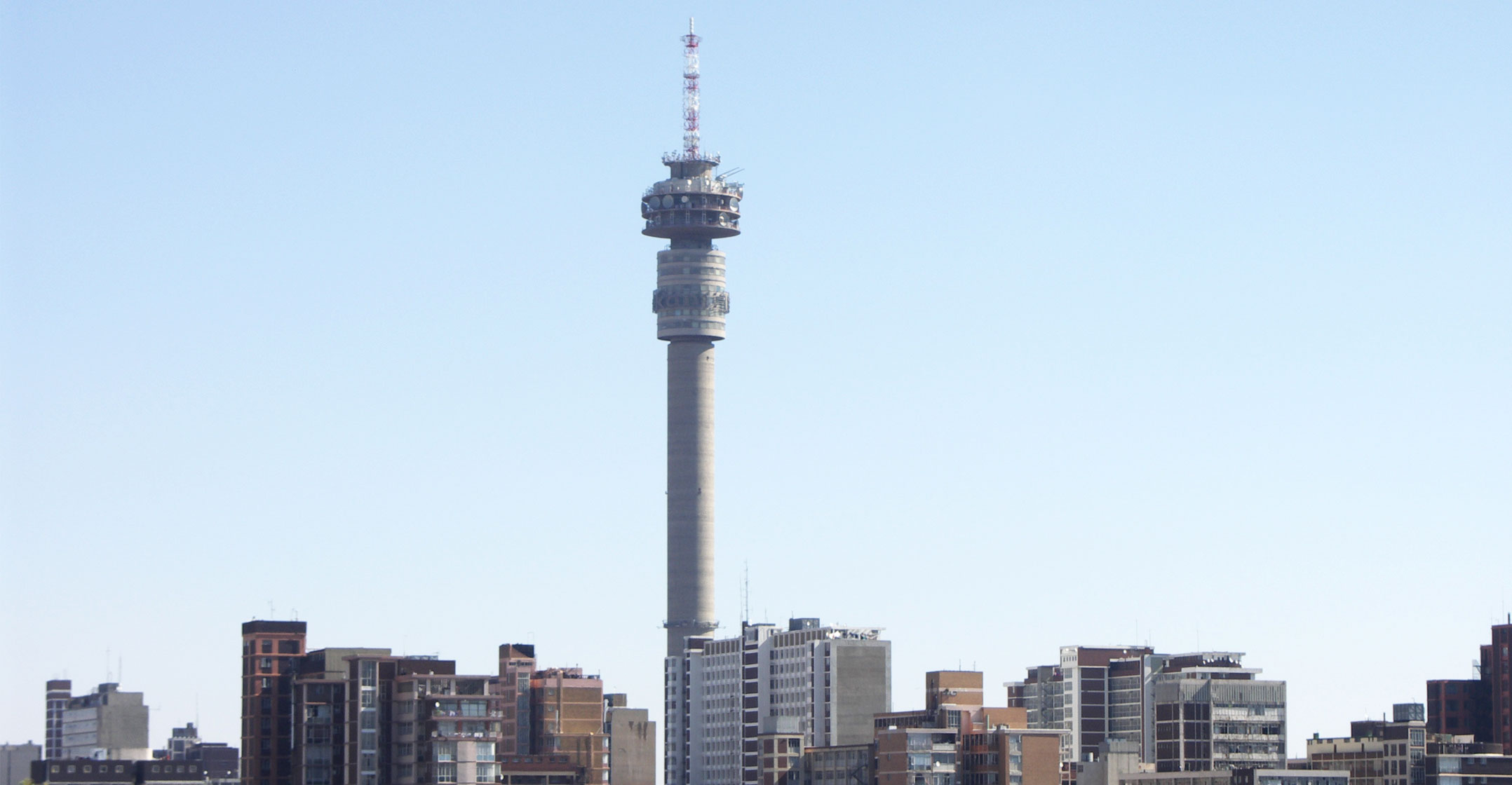The load shedding picture has improved markedly over the past year, and this winter's power cuts are likely to be dramatically reduced compared to the same period in 2023.
This is the upbeat assessment from newly appointed Eskom CEO Dan Marokane, who said at a media briefing on Friday that the utility expects load shedding mostly to be contained to stage 2 in the coming months.
The winter forecast comes after Eskom reached the milestone on Friday of not implementing load shedding for a full 30-day period, a performance record Marokane said he wants to build on.
The energy availability factor has improved by 10 percentage points over the past year, from around 51% to 61% now. This is the result of a focus on maintenance, which has improved the reliability of the state-owned company's generation fleet.
The utility achieved the improvement in the load shedding picture despite reducing its diesel spend by more than half compared to the same period a year ago. Eskom uses expensive diesel-burning open-cycle gas turbines to reduce the impact of load shedding.
Commenting on the suspension of load shedding for the past 30 days, Marokane said that in the past, such as achievement was considered a "non-event". However, given the severe load shedding of the past 24 months, "it's been a good moment to reflect on".
Build on this"We can begin to model what good looks like, and for our staff to yearn for more," he said. "What has transpired here is a culmination of interventions started a year ago. It is important we build on this, and move towards doing it as routine."
' READ: Eskom mulls private funding for R395-billion grid upgradeSaid Marokane: "We are not out of the woods yet, but the trend is encouraging."
Speaking at the same media conference, Eskom chairman Mteto Nyati said that although Eskom has not achieved a 65% energy availability factor (EAF), which it said a year ago it wanted to achieve by April 2024, the 61% figure it has now reached is in line with what we thought we'd be experiencing at this time".
Nyati ascribed this to several operational interventions:
- Ensuring that well-functioning power stations continued to do so;
- Focusing on the problematic power stations by doing proper maintenance;
- Ensuring the right people are leading the power stations, with plant managers who are "comfortable they can handle the challenges those power stations are facing".
"Another aspect of the change was to look at the CEO, making sure we have the right person to lead this company going forward. It took a long time, but we are very happy to have Dan, who decided to raise his hand." - © 2024 NewsCentral Media










